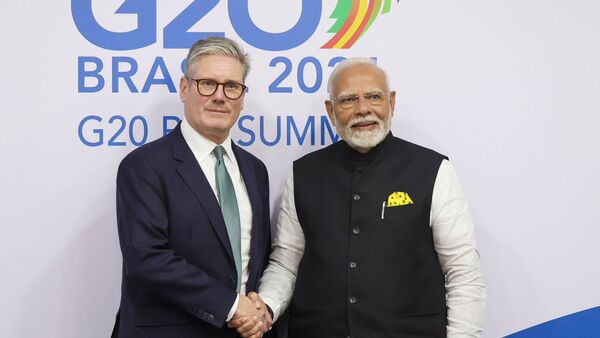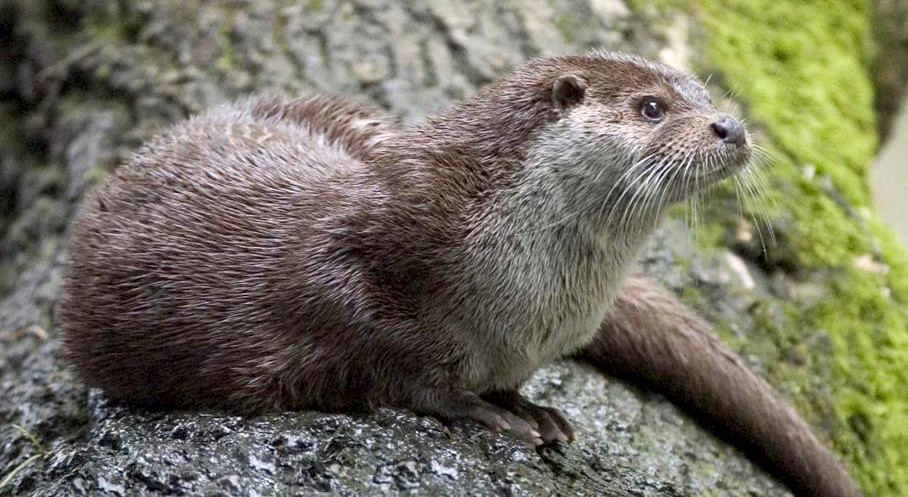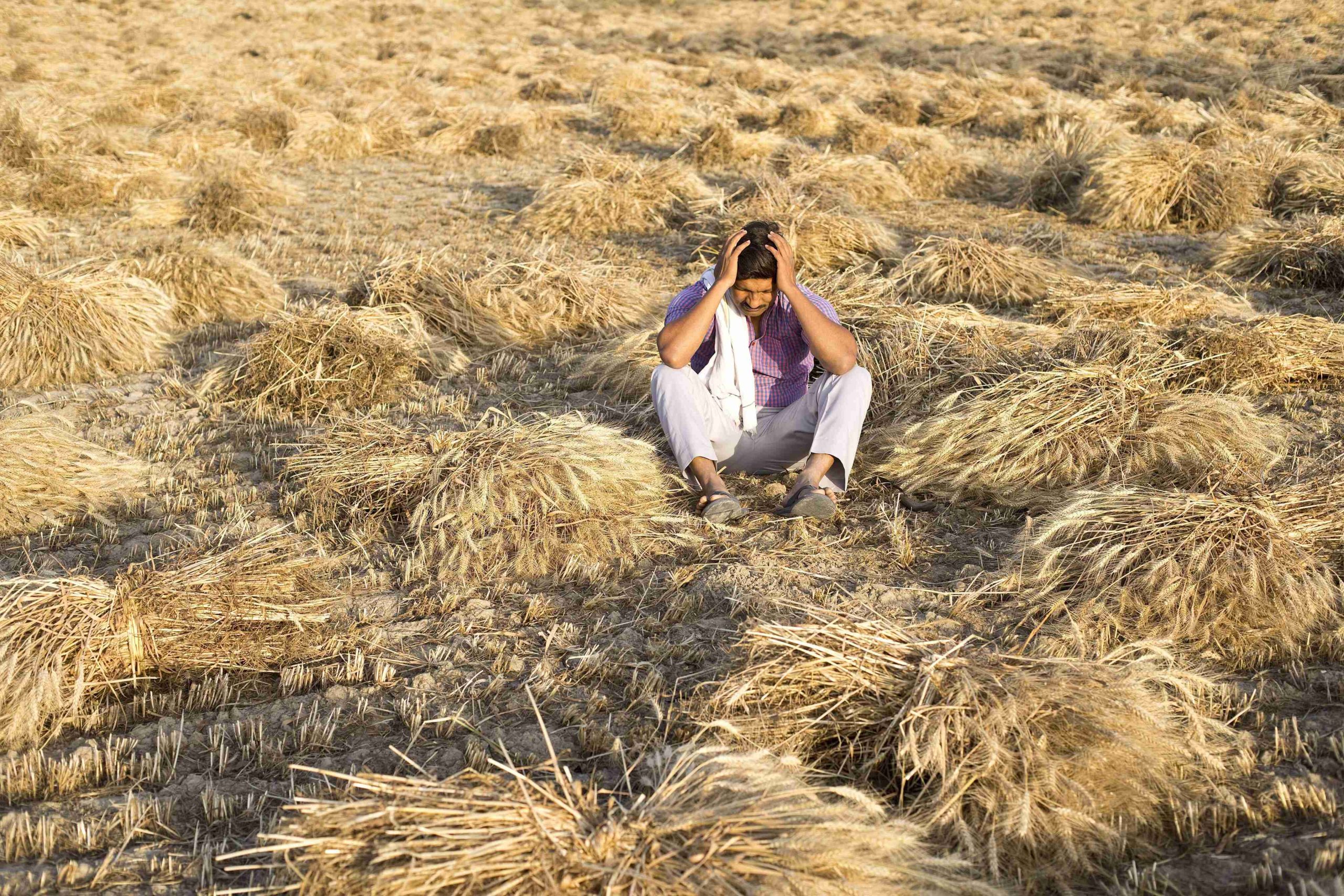- Courses
- GS Full Course 1 Year
- GS Full Course 2 Year
- GS Full Course 3 Year
- GS Full Course Till Selection
- MEP (Mains Enrichment Programme) Data, Facts
- Essay Target – 150+ Marks
- Online Program
- GS Recorded Course
- NCERT- First Ladder
- Polity
- Geography
- Economy
- Ancient, Medieval and Art & Culture AMAC
- Modern India, Post Independence & World History
- Environment
- Governance
- Science & Technology
- International Relations and Internal Security
- Disaster Management
- Ethics
- Current Affairs
- Indian Society and Social Issue
- CSAT
- 5 LAYERED ARJUNA Mentorship
- Public Administration Optional
- ABOUT US
- OUR TOPPERS
- TEST SERIES
- FREE STUDY MATERIAL
- VIDEOS
- CONTACT US
India and UK to Re-launch Free Trade Deal Talks in 2025
India and UK to Re-launch Free Trade Deal Talks in 2025

- On 19th November 2024, India and the United Kingdom (U.K.) have agreed to restart talks for a free trade deal in the upcoming year 2025, following the election of a new Labour government under Prime Minister Keir Starmer.
- This decision was made during a bilateral meeting between Prime Minister Starmer and Indian Prime Minister Narendra Modi in Rio de Janeiro on the sidelines of the G20 Summit.
What is Free trade agreement (FTA) and how is it different from CEPA ?
- An FTA is a pact between two or more countries aimed at reducing or eliminating trade barriers such as tariffs, import quotas, and export restrictions. The primary goal is to encourage trade between the participating countries by making it easier and cheaper.
- On the other hand, : A CEPA is a more extensive agreement than an FTA. It not only focuses on trade in goods but also includes trade in services, investment, intellectual property rights, competition policies, and other areas that can enhance economic cooperation.
Key Differences Between FTA and CEPA:
|
Feature |
FTA (Free Trade Agreement) |
CEPA (Comprehensive Economic Partnership Agreement) |
|
Focus |
Primarily on trade in goods (reducing tariffs and trade barriers). |
Covers trade in goods, services, investment, and other economic cooperation areas. |
|
Scope |
Limited to trade liberalization (tariffs, quotas). |
Broad, encompassing trade, services, investment, intellectual property, competition, etc. |
|
Economic Cooperation |
Primarily focuses on reducing trade barriers for goods. |
Emphasizes deeper economic integration, covering multiple sectors. |
|
Examples |
India-ASEAN FTA |
India-Japan CEPA, India-South Korea CEPA. |
Background of Trade Talks:
- The trade negotiations between India and the U.K. originally began in 2022 under the leadership of then U.K. Prime Minister Boris Johnson.
- However, despite holding more than 14 rounds of talks, the agreement has not yet been finalized.
- The talks have faced delays and challenges, including changes in leadership in the U.K., with Rishi Sunak and Boris Johnson both serving as prime ministers during this period.
- The last round of discussions took place in March 2024, after which both India and the U.K. held elections. This has slowed down the pace of progress in finalizing the trade deal.
Historical Context of India-UK Trade
Major Sticking Points in Negotiations
Economic Impact on India
Economic Impact on the UK
Strategic Implications
Multilateral Role: WTO, UNCTAD, IMF: These organizations play a significant role in facilitating trade agreements, ensuring stability, and supporting sustainable development during FTA negotiations. |
Economic and Trade Context:
- Bilateral trade between India and the U.K. is currently valued at £42 billion (around USD 53.2 billion) for the year leading up to June 2024.
- This trade includes goods, services, and investments.
- India is now the 5th largest economy in the world and is considered an important trading partner for the U.K.
- Keir Starmer, the newly elected Labour Prime Minister, highlighted that a successful trade deal would help to create jobs and boost prosperity in the U.K.
- He sees it as a way to promote growth and opportunities for the country.
Growth in Bilateral Trade:
- India’s trade relationship with the U.K. has been growing steadily, showing a strong potential for deeper cooperation.
- In the first half of 2024 (April to September), India’s exports to the U.K. grew by 12.38%, reaching $7.32 billion (compared to $6.51 billion in the same period in 2023).
- Key exports to the U.K. include mineral fuels, machinery, precious stones, pharmaceuticals, apparel, iron and steel, and chemicals, which together account for 68.72% of India’s total exports to the U.K.
Key Areas of Cooperation:
The trade deal discussions aim to deepen cooperation in several key areas:
- Education - Promoting academic partnerships and student exchanges.
- Security - Strengthening cooperation in defense and security.
- Technology - Expanding partnerships in areas like IT, tech innovation, and digital collaboration.
- Climate Change - Collaborating on clean energy and climate action.
Additionally, the Technology Security Initiative was mentioned as a new area of cooperation, focusing on protecting digital infrastructure and ensuring cybersecurity.
Cultural Ties and Diplomatic Relations:
- The meeting also emphasized the strong cultural ties between India and the U.K., which have been a foundation for their growing relationship.
- Prime Minister Modi announced the opening of two new consulates in the U.K., one in Belfast and one in Manchester, to enhance diplomatic and trade relations.
What About the 2030 Roadmap?
- In 2021, both the Johnson government (U.K.) and the Modi government (India) had agreed on a 2030 Roadmap for deepening bilateral relations, which laid out plans for trade, security, and cultural exchanges.
- However, the current U.K. government under Starmer has not yet commented on whether it will continue to follow this roadmap.
- The 2024 announcement on trade talks does not mention this roadmap explicitly.
Conclusion:
The decision to re-launch trade talks between India and the U.K. marks a significant step forward in strengthening their bilateral relationship. Both nations have much to gain from a comprehensive trade deal, with potential benefits across several important sectors. However, the ongoing discussions will need to address complex issues like economic offenders and migration policies, which could impact the overall outcome of the negotiations.'
India has many international free trade agreements, including:
A Comprehensive Economic Partnership Agreement (CEPA) is more comprehensive than a Free Trade Agreement (FTA) because it covers services, investment, government procurement, disputes, and regulatory aspects of trade. An FTA only focuses on goods. |
Must Check: Best IAS Coaching In Delhi
UPSC Prelims Result 2024 Out: Expected Cut Off & Other Details, UPSC Prelims 2024 Answer with Explanation, Daily Prelims Quiz, Daily Current Affairs, MONTHLY CURRENT AFFAIRS TOTAL (CAT) MAGAZINE, Best IAS Coaching Institute in Karol Bagh, Best IAS Coaching Institute in Delhi, Daily Mains Question Answer Practice, ENSURE IAS UPSC Toppers, UPSC Toppers Marksheet, Previous Year Interview Questions, UPSC Syllabus




